
What is Machu Picchu? Why is it so famous? With so many mysteries surrounding this ancient wonder of the world, we’ve compiled a few fun facts about Machu Picchu for kids of all ages. Travel back in time with us as we learn about the history of Machu Picchu, and why it was so important to the Inca civilization in Peru.
Hiram Bingham III was an American who traveled to Peru in search of the Lost City of the Incas. During his travels, local Peruvian farmers brought him to ancient ruins on a high mountain that the locals called Machu Picchu, which means “Old Mountain.” Bingham excavated the site and brought his findings back to Yale University where they began to study it. It was because of this visit that Hiram Bingham believed Machu Picchu was the Lost City of the Incas; however, he was mistaken and the Lost City (Vilcabamba) was discovered much later. Though he did not discover Machu Picchu (the locals already knew it was there), Hiram Bingham made Machu Picchu famous by sharing it with the world.
Pachacuti, the 9th Inca emperor, ruled over many cities and towns that made up a massive empire during the 1400s. He ordered the construction of various large royal retreats including Machu Picchu, which he wanted as his own private property. For this reason, the Incas who made Machu Picchu carefully planned out its construction with clay models and intricate engineering that have kept it standing to this day.
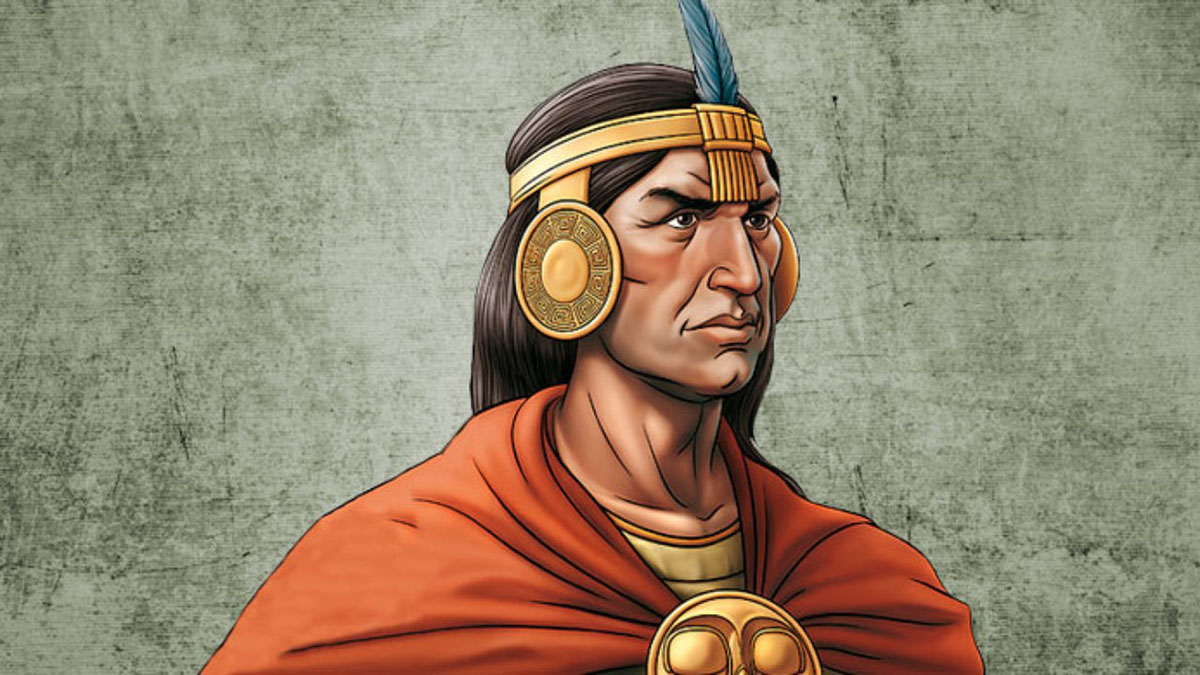
A drawing of Pachacuti, the 9th Inca emperor. Photo by iperu
Why was Machu Picchu built? Pachacuti may have wanted a place to house his family and descendants, or a place to commemorate his conquests, but the most recent research suggests that Machu Picchu may have been a holiday home. This meant that Pachacuti wanted a place away from the empire where he and his closest family and friends could go to relax, eat delicious food, and be close to their gods.
Machu Picchu Tours:
The Incas constructed Machu Picchu city with large stones brought up from the river below. They fit these perfectly cut stones together to create the walls of the city. In fact, they fit so well that you can’t even put a piece of paper between them. The Machu Picchu stonework is one of the most fascinating things to see in-person. Since the Inca lacked tools that were used in other parts of the world, how they cut them remains a mystery.
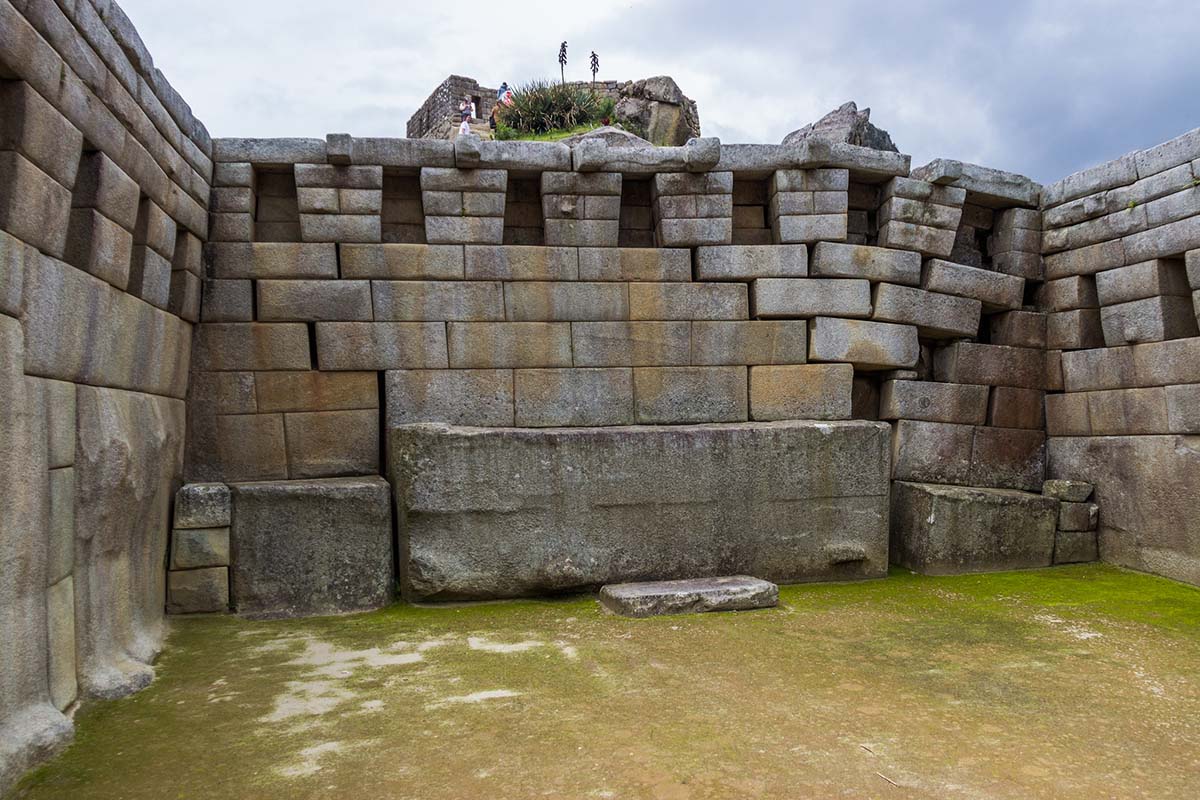
A wall of Inca stonework in Machu Picchu. Photo by Apollo on Flickr.
One of the most interesting facts about Machu Picchu is its location. Situated just four hours from the Inca capital of Cusco, Machu Picchu’s location was significant because of safety, water, and food. Pachacuti built Machu Picchu high in the mountains between the Amazon jungle and the Andes, so it was safe from any invaders. This is why Machu Picchu was built so high up – nearly 7,972 feet (2,500 meters) above sea level! Equally important was the fact that it faces east toward the sunrise, which helped with crop production and provided plentiful food. Lastly, Machu Picchu had access to mountain springs, which brought fresh water to inhabitants.
In the late 1900s, archaeologists excavated bones that showed the inhabitants of Machu Picchu may have died from smallpox and syphilis. The Spanish conquistadors brought these diseases over when they arrived from Spain in the early 1500s and spread them without even knowing. Even though the Spanish never discovered Machu Picchu, the diseases eventually spread all the way to the Incas who lived there. Another reason could be that the Inca were fleeing the Spanish and abandoned Machu Picchu. Either way, why Machu Picchu was abandoned remains a mystery.
And so many more are yet to be discovered! When Hiram Bingham first discovered Machu Picchu, he and his team of archaeologists excavated over 40,000 artifacts including mummies, bones, and ceramics. You can see many of these artifacts, including the mummies, in museums in Cusco and Lima. Since the government is still excavating parts of Machu Picchu, they are still finding artifacts today.
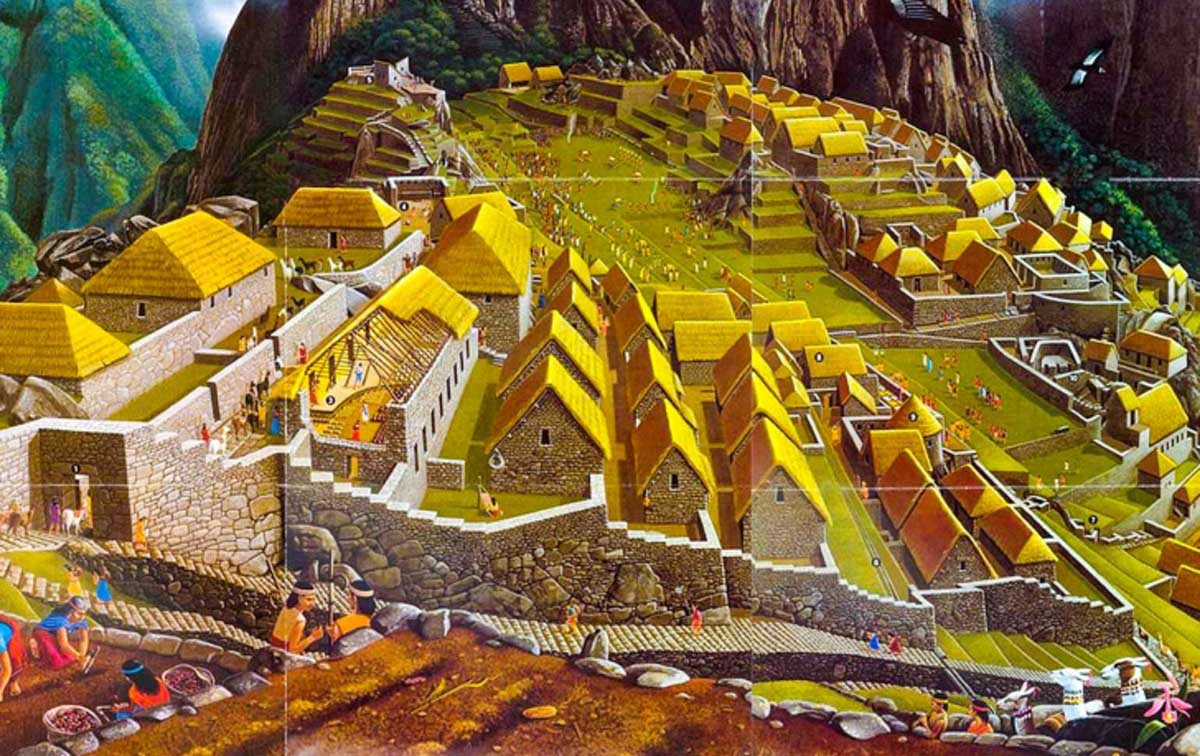
An illustration of what Machu Picchu may have looked like during Inca times. Illustration by La Hora
Some people wonder, can you live in Machu Picchu today? Though it would be nice to live in Pachacuti’s holiday home, Machu Picchu citadel is a living museum, and no one can live in a museum. Archaeologists are still working to excavate some areas of the site, so it is inhabitable. Also, it is one of the new seven wonders of the world, so it needs to be preserved. Thankfully, you can visit Machu Picchu any time of the year.
We may not be able to live in Machu Picchu, but something else can…llamas! Some interesting facts about the Incas are that they considered llamas to be sacred animals, and they would sacrifice them to their gods. Today you can see these furry friends living peacefully in the ruins eating the grass and taking selfies with tourists.

A llama chewing on grass in Machu Picchu. Photo by Daniella Beccaria
Peru does have roads and cars, but no one can drive to Machu Picchu because of its location. The only way to get to Machu Picchu is by walking or taking a train. From Cusco, it takes about four hours to get there by train. If you walk, you can hike the famous Inca Trail, which starts in the Sacred Valley of the Incas and takes 2-4 days.
Some people may wonder, why is Machu Picchu famous? What makes Machu Picchu a wonder of the world? We already learned about the impressive stonework, its location, and that you can’t live there. As a matter of fact, many sites across Peru have these same qualities, but what makes Machu Picchu even more spectacular is its perfect condition. Since the Spanish never found it, it remained nearly perfectly preserved. Today you can visit Machu Picchu and see what it may have looked like centuries ago when the Incas still lived there.
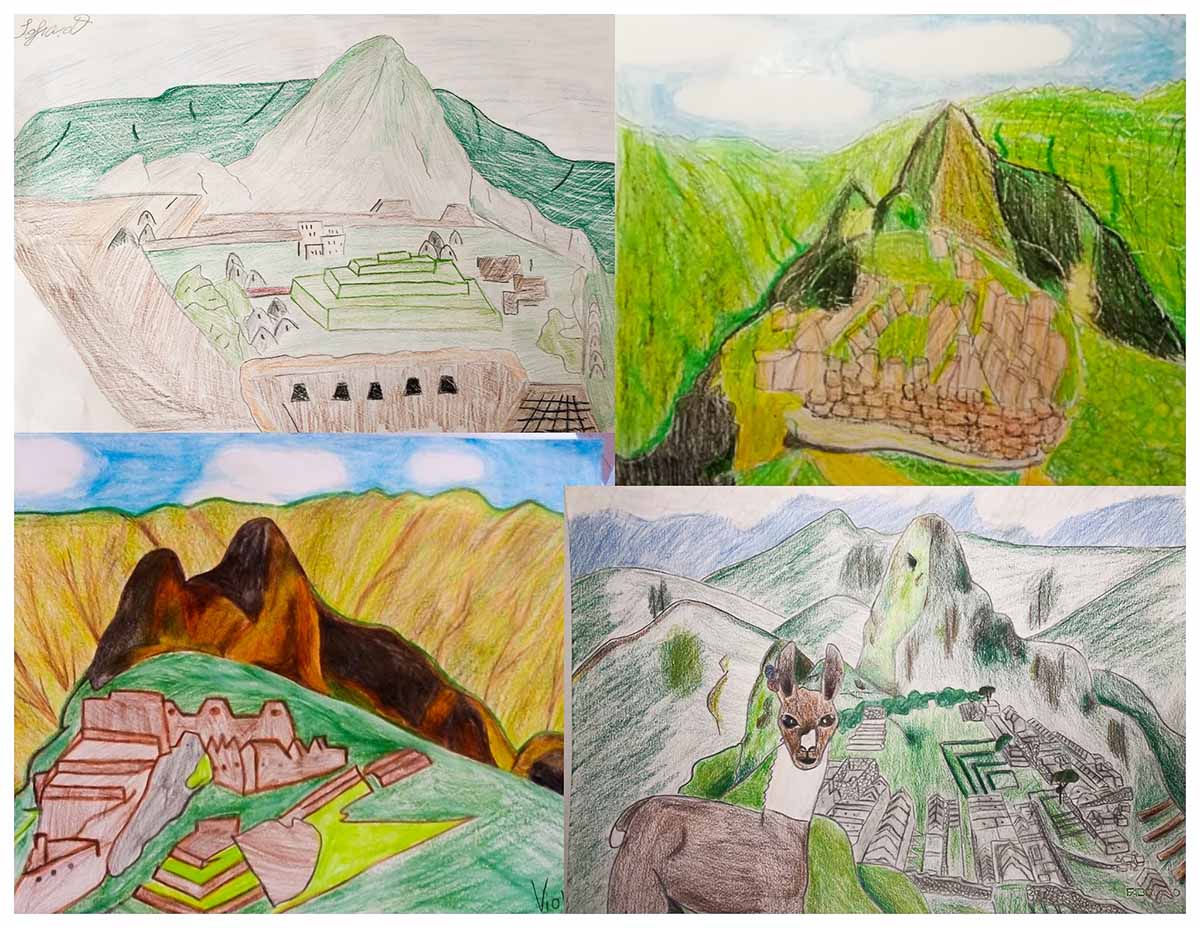
A collage of drawings of Machu Picchu made by students in Rome, Italy.
Check out this Q&A video with one of our top guides, Fabricio Ortiz, that answers questions sent from students in Rome, Italy.
Now that you know all these fun Machu Picchu facts, you can plan your Machu Picchu tour! Travel to Peru to see the ancient wonder and experience all the things to do near Machu Picchu. Add a side trip to Cusco or a short stay in the Sacred Valley. Contact us to customize your trip. Regardless of what you decide to do, remember your fun facts about Machu Picchu, for kids of all ages, are here to help you learn!

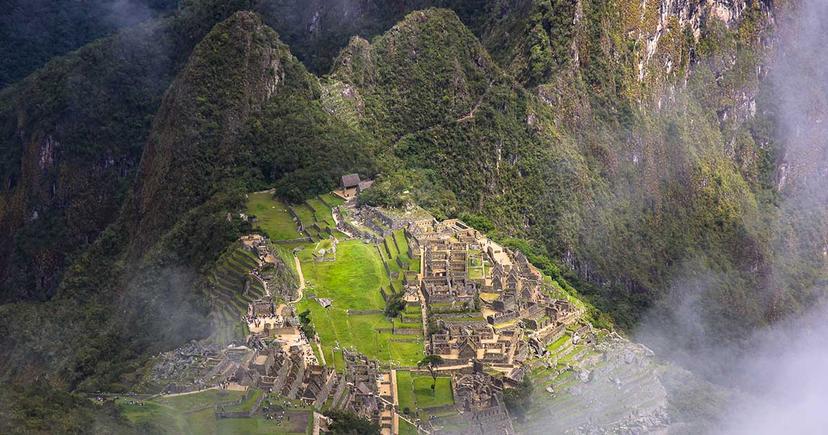

Email: [email protected]
Sign up to receive our newsletter for great articles, stunning photos, and special deals.